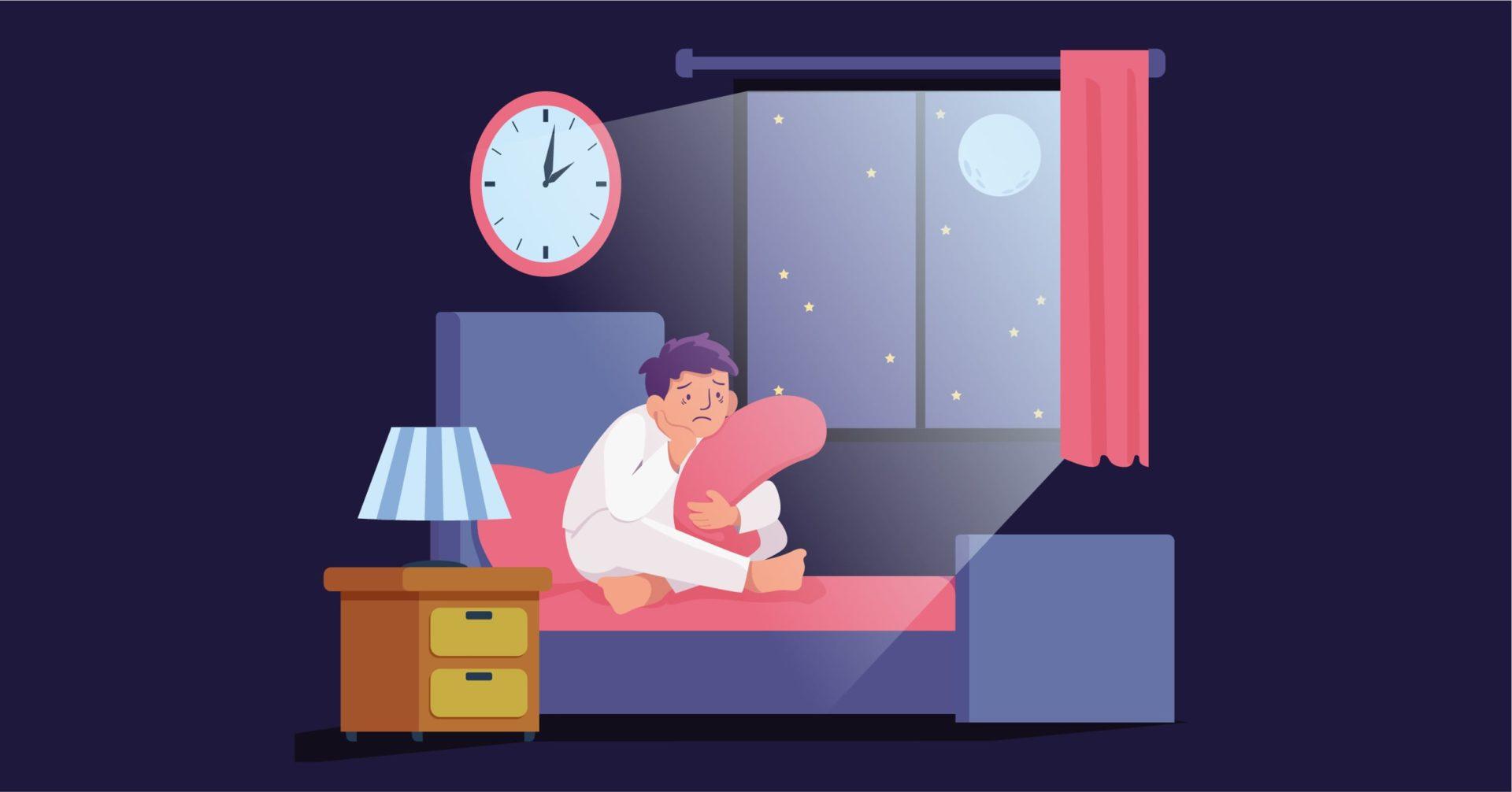Overview
Conversion Disorder comprises various motor or sensory functions without a neurological or a physical basis for the symptoms.
The symptoms include loss of vision or hearing, sensory loss, weakness or paralysis, abnormal movement such as tremor, dystonic movement, myonculus, gait issues, problems with swallowing, attacks or seizures, speech issues, etc. Dissociative symptoms may also be present in certain cases.
The disorder usually follows a stressful or a traumatic incident. The person can’t control their symptoms or fake them. The distress associated with Conversion Disorder is quite real.
Diagnosis of this disorder must be made after proper clinical and physical evaluation. Parameters for diagnosis are mentioned in the DSM-5 as well as discussed below.
The term ‘conversion’ was termed by Sigmund Freud, to define a psychological conflict that converts or represents itself through a physical symptom. The physical symptom often comes forth as a means to cope with a stressful situation.
For example, a woman gets angry that she wants to hit someone but experiences paralysis of either hand. The thought that she would want to hit someone is unacceptable to her and causes a psychological conflict which represents itself as a conversion symptom.
Neurological correlates of individuals having Conversion Disorder, using PET scan, shows reduced cerebral blood flow to certain regions of the brain causing a disconnect between the motor cortex and the prefrontal cortex (involved in voluntary movement) causing functional paralysis of body parts.
Theories and etiologies vary from symptom to symptom. Hence, finding a single neurological cause is difficult.
However, this doesn’t mean that the person is faking their symptoms. The distress associated with the symptoms is equivalent to the ones caused due to actual physical and medical reasons. People with this disorder have substantial disabilities.
Common Signs and Symptoms
Signs and Symptoms include:
- Debilitating illness that begins suddenly with no apparent medical, neurological or physical cause.
- Symptoms may include loss of vision, inability to speak, seizures, sensory loss, swallowing difficulties or paralysis.
- Dissociative symptoms such feelings of depersonalisation, derealisation, etc. may be present.
- The person may make frequent visits to the hospital or engage in diagnostic procedures
- The symptoms cause impairment in daily functioning of the individual.
Risk Factors
Epidemiological studies have noted a higher prevalence of this disorder among younger women as compared to men. Individuals often come from low socioeconomic backgrounds. Developing countries have a higher prevalence.
DSM- 5 notes history of child abuse and neglect, stressful life events and maladaptive personality traits to be linked with Conversion Disorder. Stressful events may not be present at all times.
In certain cases, there may be a presence of other neurological disorders that cause similar symptoms.
Diagnosis
A primary health care provider often carries out medical laboratory tests to rule out medical conditions associated with the symptoms. They usually refer the patient to a mental health provider or a pain clinic.
Clinical evaluations may include Hoover’s sign (hip flexion against resistance, tremor entrainment test, tubular vision field test, EEGs, etc. These tests are carried out in correlation to the symptoms. For example, a tubular vision test may only be carried out when the patient exhibits vision loss or other vision related conversion symptoms.
A licensed clinical psychologist carries out the diagnostic procedure based on the criteria suggested by either the Diagnostic Statistical Manual or the International Classification of Diseases.
According to Diagnostic Statistical Manual-5, a patient with conversion symptoms should exhibit at least one of the following behaviours for at least six months:
- Symptoms of altered motor or sensory function
- No apparent medical, neurological or physical correlates for the exhibited symptoms
- There is marked distress and impairment due to the conversion symptoms.
Psychologists are to rule out the possibility of the symptoms being present due to substance abuse or other psychological disorders. They are to specify the type of symptom, duration and if the symptoms are exhibited after a stressful life event.
Treatment
Treatment options include a mix of psychotherapy, pain relief medication and physiotherapy(if needed). Treatment principles should be directed towards validation of pain, exploration of psycho-behavioural factors, treatment of comorbid depression or anxiety and symptomatic treatment measures.
Psychotherapy, also known as talk therapy, helps in combating intrusive thoughts, reduces stress related to the symptoms, ensures learning of effective management of symptoms, reduces preoccupation with symptoms, addresses depression and other related disorders, improves daily life functioning and communication with loved ones.
Cognitive Behaviour Therapy and Mindfulness based therapy are known to be effective in treatment of the disorder.
Certain symptoms such as muscle weakness should be treated with symptomatic measures such as physiotherapy. Physiotherapy aimed at smaller tasks initially and increasing in intensity and duration at later stages is ideal.
Medication associated with Conversion Disorder often includes antidepressants, antipsychotics and anti-anxiolytics for patients displaying comorbid symptoms of depression and anxiety. Regular follow ups with neurologists and psychiatrists/psychologists are recommended to reduce visits to emergency rooms at hospitals.
Differential Diagnosis
1. Neurological disease: Symptoms of conversion disorder are quite similar to those of neurological diseases. Conversion disorder may even coexist with neurological disease.
2. Somatic symptom disorder: Conversion disorder may be diagnosed in addition to somatic symptom disorder. The excessive thoughts, feelings, and behaviors characterizing somatic symptom disorder are often absent in conversion disorder.
3. Factitious disorder and malingering: Evidence of feigning symptoms would suggest a diagnosis of factitious disorder if the individual’s aim is to act sick or malingering to obtain an incentive such as money.
4. Dissociative disorders: Dissociative symptoms are common in individuals with conversion disorder. If both conversion disorder and dissociative disorder are present, both diagnoses should be made.
5. Body dysmorphic disorder: Individuals with body dysmorphic disorder are excessively concerned about a perceived defect in their physical features but do not complain of symptoms of sensory or motor functioning in the affected body part.
6. Depressive disorders: In depressive disorders, individuals may report general heaviness of their limbs, whereas the weakness of conversion disorder is visibly evident. Depressive disorders are also differentiated by the presence of core depressive symptoms.
7. Panic disorder: Symptoms like tremors and paresthesias can occur in both conversion disorder and panic attacks. In panic attacks, the neurological symptoms are typically episodic. Loss of awareness with amnesia for the attack and violent limb movements occur in non-epileptic attacks, but not in panic attacks.
Comorbidity
Anxiety disorders, especially panic disorder, somatic symptom disorder and depressive disorders commonly co-occur with conversion disorder. Personality disorders are more common in individuals with conversion disorder than in the general. Neurological or other medical conditions commonly coexist with conversion disorder as well.
Specialists
A psychotherapist is often referred to diagnose the condition, help reduce stress, learn coping behaviours and address emotional issues. A psychiatrist may be referred to for medication related to anxiety and depression. A physiotherapist or an occupational therapist are also referred to if required.





